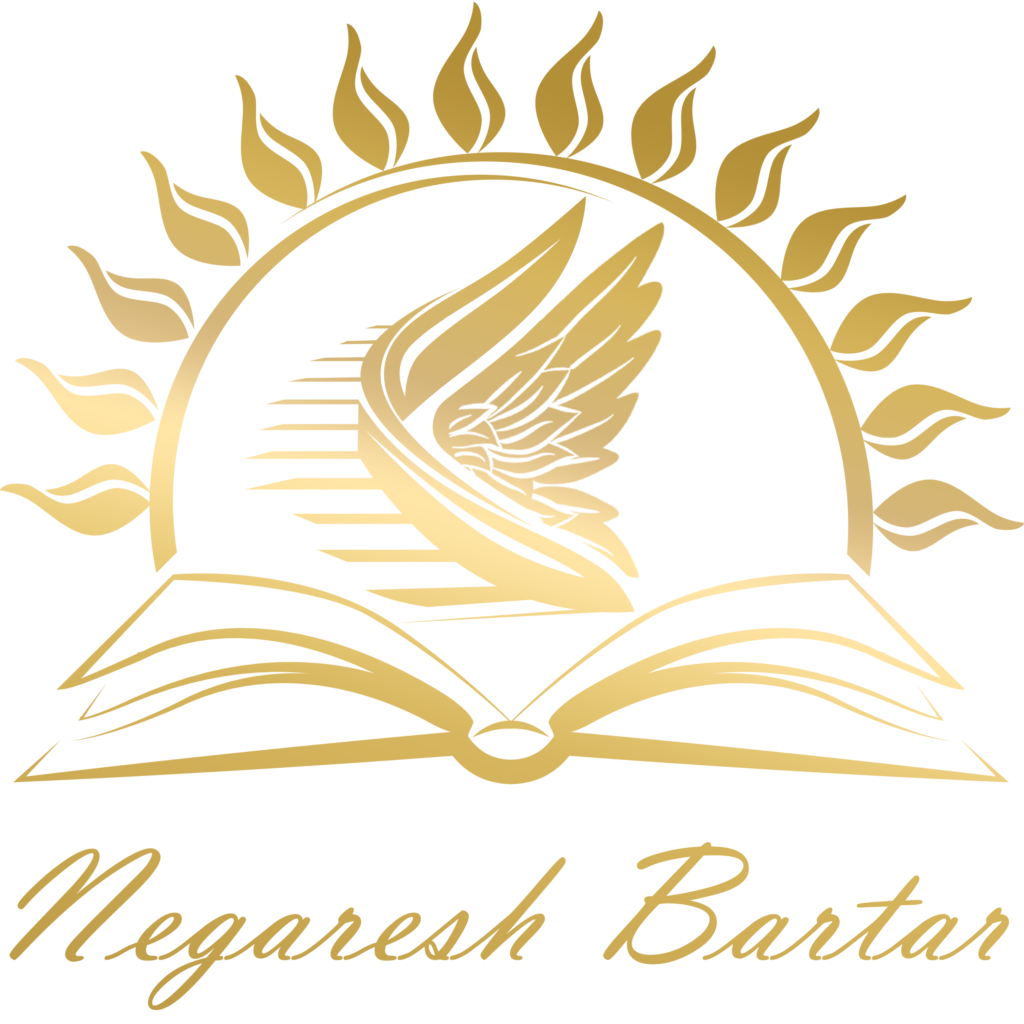Human capital and human resource management
Abstract:
Organisational learning has become increasingly important for strategic renewal.
Ambidextrous organisations are especially successful in the current environment, where firms are required to be efficient and adapt to change.
Using a structural approach, this study discusses arguments about the nature of ambidexterity and identifies the kinds of human capital that better support specific learning types and HRM practices suited to these components of human capital.
Results highlight learning differences between marketing and production units, as well as different HRM practices and human capital orientations.
This study points out that human capital mediates between HRM practices and learning.

Conclusions:
Our results reveal the structural nature of ambidexterity in firms and the existence of coordination mechanisms.
Specifically, we found that exploitation learning is related to production units and exploration learning is associated with marketing units.
These differences in learning result from differences in activities.
The ambidexterity of the organisation depends on the existence of these different units focusing on diverse learning, but also on promoting connection between them.
In our sample, this coordination between organisational units is shown through interdepartmental relationships between department managers as well as periodic meetings between production and marketing units
Our results have confirmed that different departments and different types of learning require different types of HC.
Specialist HC is present in production departments and is related to exploitation learning, and generalist HC is present in marketing departments and is related to exploration learning. Therefore, the type of learning an organisation c and o depends on its HC composition.
Our results show that the HRM practices of training and development, performance appraisal and compensation are oriented towards different types of HC and learning. Behavioural performance appraisal and job-based pay are the most relevant practices for exploitative learning.
Training in job skill seems to have no effect, but this maybe because it works through the other two practices.
In contrast, training for future skills and skill-based pay are significant for exploratory learning.
HRM practices also differ in the influence that they exert on HC and on learning.
In production departments performance appraisal is the most relevant HR practice; in marketing departments, where innovation and new learning are vital, training is most significant.
Hence, we conclude that there is no single model for HRM best practice, but rather different HRM best practice models within an organisation.
We found that in different organisational units, different types of human capital mediate the relationship between different HRM practices and different types of learning.
In production departments specialist HC mediates the relationship between performance appraisal and exploitation learning; in marketing departments, generalist HC mediates the relationship between training and exploration learning.
This finding should be explored more deeply in future research.
Among our control variables, size is significant in production departments and activity sector in marketing departments, probably because of their external orientation.

برای مشاهده مطالب بیشتر می توانید به سایت farzdon مراجعه نماید.
Human capital and human resource management

